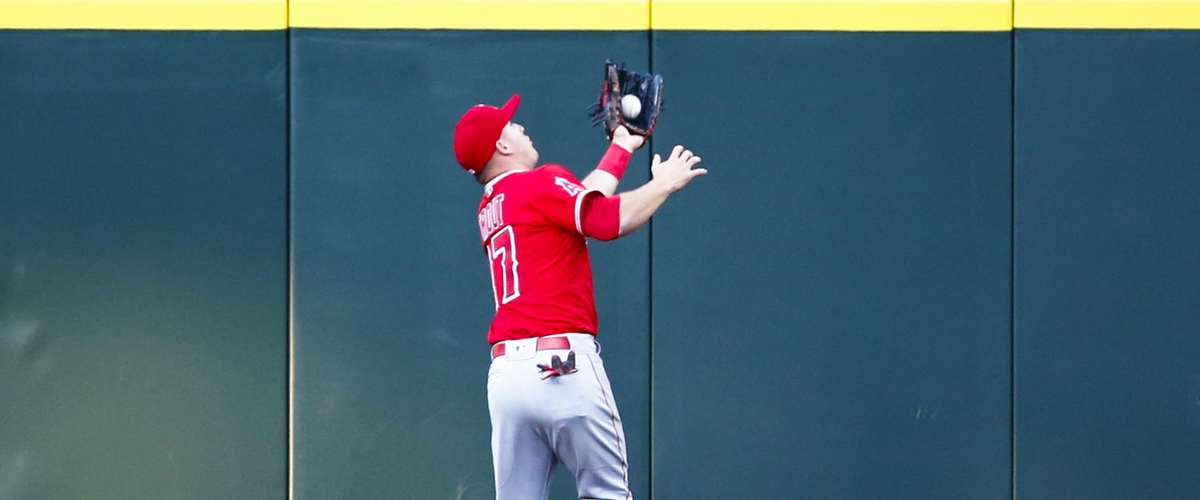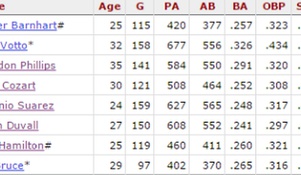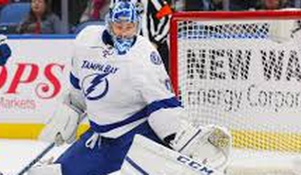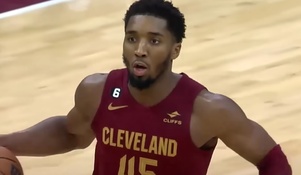Mike Trout isn't as good as you think... defensively

At 25, Mike Trout has done it all.
The Los Angeles Angels’ centerfielder is a five-time All-Star, a two-time MVP and won Rookie of the Year.
Heck, the guy even once threw a no-hitter in high school.
This season, the reigning MVP is up to his usual shenanigans, batting .363 with 7 home runs and 5 stolen bases. Trout’s hot start earned him American League Player of the Month honors.
Trout’s success this season is a big reason for the Angels’ solid start. Entering play on Wednesday, Los Angeles is second in the American League West division with a 15-13 mark.
Trout has lived up to the hype and is MLB’s best centerfielder…. Just not defensively.
Yes, I know it’s an unpopular claim… But it’s true, here me out.
When the words “Trout” and “defense” are used in the same sentence, this catch automatically comes to mind as exhibit A for his defensive prowess.
Then this...
And even this...
Yeah, he’s robbed a couple home runs in his MLB career. Just search them on YouTube and you’ll lose track of whatever task you thought you were supposed to get done.
To the average baseball fan, Trout is thought of as a great defender.
That said, Trout has not won a Gold Glove in his career despite only 16 errors in 7004.1 innings in the outfield.
Trout’s career fielding percentage is .992. How could he not be considered a good centerfielder then?
Fielding percentage is great is showing how often a player commits errors. Problem is, errors are subjective to a scorekeeper’s decision and even when one is not called, fielding percentage cannot adjust to recognize the times that a player misplayed a ball.
For example, a fly ball is hit to center field. The centerfielder takes five steps forward, but quickly realizes that the ball is actually going behind him and backpedals. The ball drops behind him and the batter advances to third base. The official scorer deems it a triple; no errors committed.
To best judge a player’s defensive abilities, we need much more specific defensive metrics.
Defensive Runs Saved (DRS)
Though it’s an advanced statistic, this one is as easy to understand as it gets. As the name suggests, it attempts to determine how many runs a fielder saves defensively.
To be a Gold Glover, you typically have to post a DRS of 15 or higher, per FanGraphs.com. Last season, the A.L. center field Gold Glove winner, Kevin Kiermaier, saved 25 runs to win his first Gold Glove. The year before, Kiermaier was even better, finishing with 42 DRS.
Trout and Kiermaier are on different levels defensively. In 2016, Trout saved six runs. It was solid and above average, but not elite. Trout has finished with a positive DRS in three of his six MLB seasons entering 2017. That includes saving zero runs in his rookie season, in which he saw time at all three outfield spots.
The two seasons that Trout finished with negative DRS were abysmal years defensively. In 2013 and 2014, Trout saved -11 and -12 runs, respectively. What is so disturbing about these years is that in 2012 he saved a still career-high 21 runs as a centerfielder. It was a remarkable drop off and Trout has never been as high since.
Ultimate Zone Rating (UZR)
DRS and UZR are very similar statistics. Both look at how many runs a defender did or did not save. The difference between the two is their different formulas used to quantify how many runs are saved. UZR is more specific than DRS. It examines the range that an outfielder covers, how effective his arm is, how many errors he makes and the ballparks he plays in among other factors.
The importance of using two similar statistics is that they help to complement each other. While the average fan may be skeptical of advanced statistics, he/she cannot deny two forms a defensive statistic that suggest similar correlations. Through the use or nearly identical statistics, the argument against Mike Trout’s defense is solidified.
Among outfielders that played 800 innings in center field last season, Toronto Blue Jays centerfielder Kevin Pillar led the pack with a 21.4 UZR. Trout finished 11th out of 18 centerfielders with a -0.3 UZR.
In the aforementioned stellar 2012 season, Trout’s UZR was about as good as his DRS. Trout finished second among centerfielders with a 12.0 UZR to go with his 21 DRS.
He has not been as efficient since. In 2014, Trout’s -9.8 UZR was 17th out of 20 centerfielders. Trout also posted a negative UZR (-0.3) last season and has a negative UZR so far this season (-2.8). In fact, Trout’s 2012 was the only season that he has posted a UZR above 1.0.
Outfield Arm Runs Saved (rARM)
rARM takes a look at how many runs an outfielder saves with his arm. You see players gunning down runners at home plate and this statistic helps measure how dangerous a player’s arm truly is.
Last season, Adam Eaton led all the MLB outfielders with an rARM of 11. No other outfielder finished in double-digits. The now-suspended Starling Marte ws the closest with a 9 rARM.
Trout saved 0 runs with his arm last year and has never posted a positive rARM. His worst season was 2014, when his rARM was -6. In the last two seasons, he’s saved a combined 0 runs. In 2017, he’s not off to a good start, posting a -1 rARM.
Throwing errors alone don’t determine how effective a player’s arm is. In 2014, Trout’s worst rARM year, he only made on throwing error. In 2016, he made two throwing errors, yet posted a better rARM than 2014.
Mike Trout is the best offensive centerfielder in MLB. There’s little debate to be had there. While he makes some stellar plays in center field, he’s leaves more to be desired defensively. His speed allows him to track down balls that are tough to catch, but advanced statistics show that he doesn’t read balls as well as he should.
Trust the metrics, not articles like this. (Fake news, sad!)






